Autumn is showing her finest colours when I visit the Pass of Killiecrankie, with leaves bursting into stunning shades of gold, burgundy, russet and orange.
The Pass, a magnificent wooded gorge at the lower end of Glen Garry in Perthshire, is home to a variety of trees, including beech, birch, oak, hazel, sycamore, and wych elm.
It’s an incredible spot for a stroll when the leaves turn – perfect for wildlife watching, simply gazing at the gorgeousness of it all, or, if you’re really brave, you can take a dip in the River Garry.
After parking at the visitor centre, I wander along a wooden balcony and head down to a set of steps which lead to the main path of the Pass.
Enjoy woodland in all its autumnal glory
Within a few minutes I reach a bench overlooking the gorge with absolutely incredible views of the woodland in all its autumnal glory.
I’m on a mission to find the famous Soldier’s Leap – a fantastic vantage point for spotting salmon leaping the falls here in autumn.
Autumn is also a great time to spot red squirrels, but none come out to say hello to me.
As I wander, I notice loads of cool fungi sprouting up, encouraged by the damp weather.
Apparently more than 400 species have been recorded here, including the iconic red and white-spotted fly agaric, and puffballs.
The Battle of Killiecrankie
The Pass, today, is a true haven of peace and tranquillity, but it hosted one of the goriest conflicts in Jacobite history – the Battle of Killiecrankie which took place on July 27, 1689.
The battle was part of the first Jacobite Rising when, against the odds, John Graham of Claverhouse (Bonnie Dundee) led his men to victory in support of the exiled King James VII and II.
Although the battlefield is a mile north of the visitor centre, troops travelled through the Pass of Killiecrankie both before and during the battle.
Despite being outnumbered by more than 1,000 men, Killiecrankie was one of the few battles that the Jacobites won.
Fuelled by their victory, many Jacobites chased the fleeing Redcoats back through the Pass of Killiecrankie.
This included Donald McBane and Barthold Balfour – both of whom left their legacies at Killiecrankie in the form of Soldier’s Leap and the Balfour Stone.
Explore the Soldier’s Leap
Peering over a wooden fence and down to the Soldier’s Leap, I take a moment to imagine McBane leaping 18ft across the raging River Garry in a desperate bid to escape his pursuers.
It’s said he lost a shoe during the jump, but he survived to tell the tale.
There’s a stunning, and, by the looks of it, pretty deep river pool at the base of the Soldier’s Leap, although it’s a bit of a scramble to get down to it.
Keen to be fully immersed in the splendour of the area, I head down there, via a somewhat sketchy path.
Brave enough to take an autumn dip?
I’ve come armed with my cossie and with the sun shining, I can’t resist taking a dip. I won’t lie – it’s super chilly at this time of year.
But, just wow. The views afforded – of the curving Killiecrankie railway viaduct which boasts 10 arches, and of vast acres of woodland dotted across the hills and down the glen – are out of this world.
Back on dry land, I march down the Pass in the direction of Pitlochry, and stumble upon the Balfour Stone.
This supposedly marks the spot where Brigadier Barthold Balfour was killed while trying to rally Scottish government troops fleeing the Battle of Killiecrankie.
Feeling a rumble of hunger?
If you’re after a bite to eat, look no further than the Jacobite Cafe at Killiecrankie Visitor Centre.
It offers everything from hot meals to soup and sandwiches, cakes, coffee – and there’s even a special French patisserie section!
If that’s not open, there are plenty of cafes and hotels in Pitlochry.
Why not tie in a visit to the Enchanted Forest while you’re in the area? It runs until November 3.
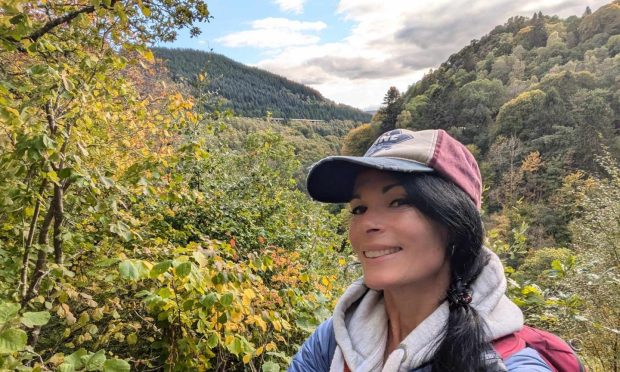
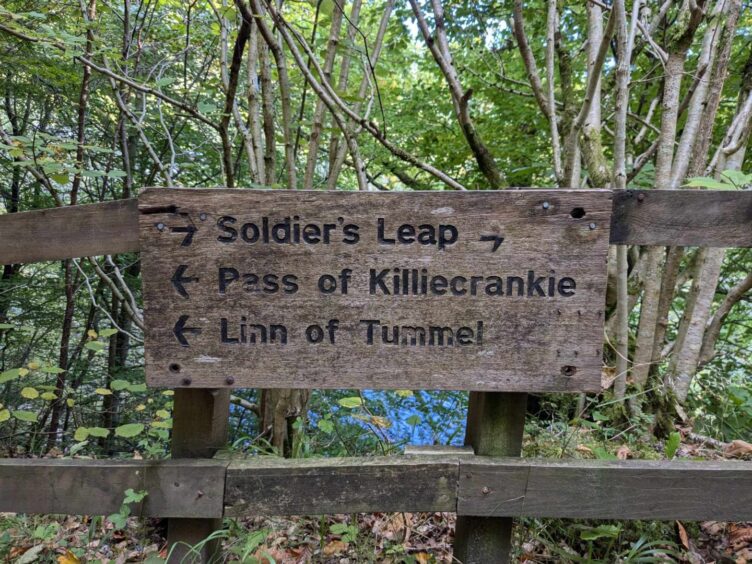
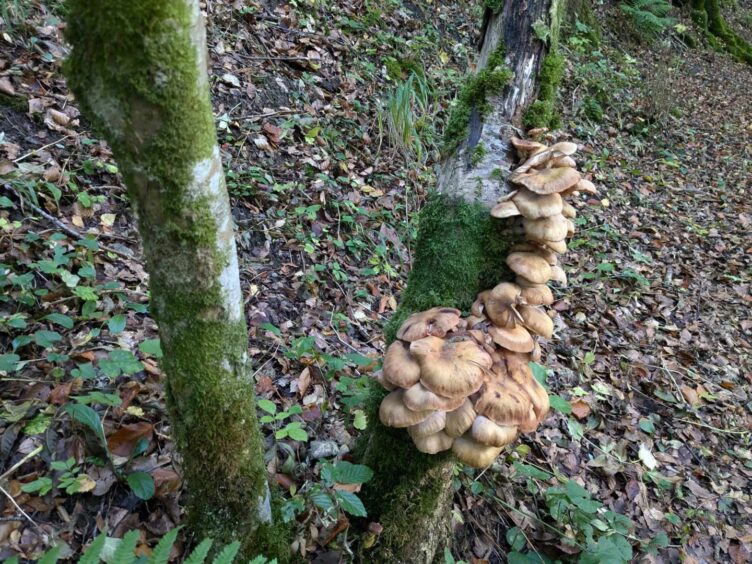
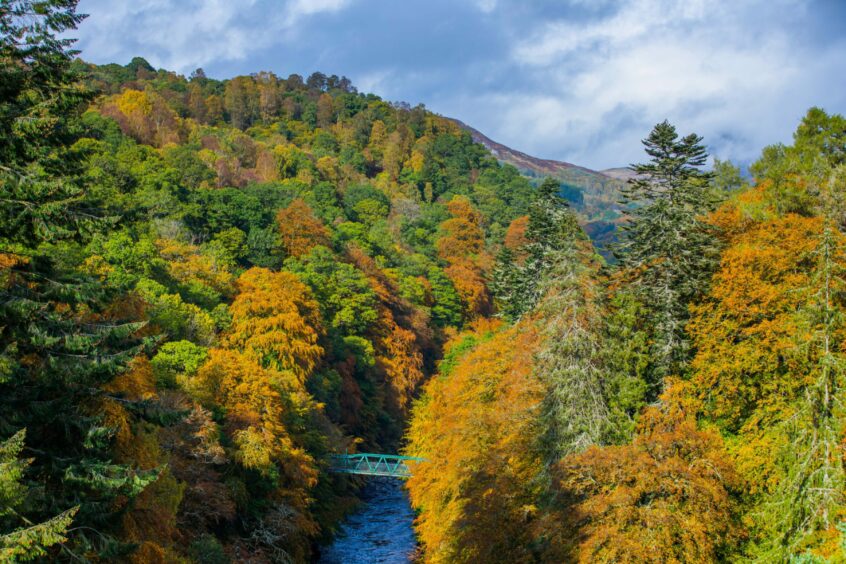
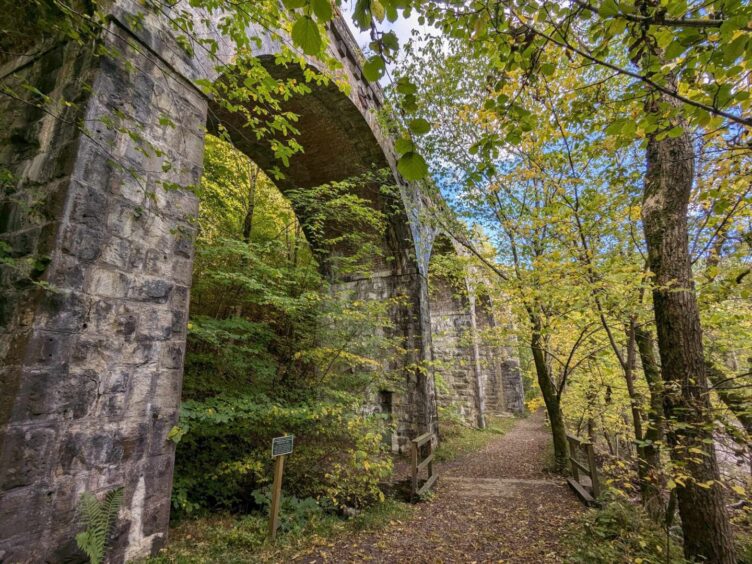
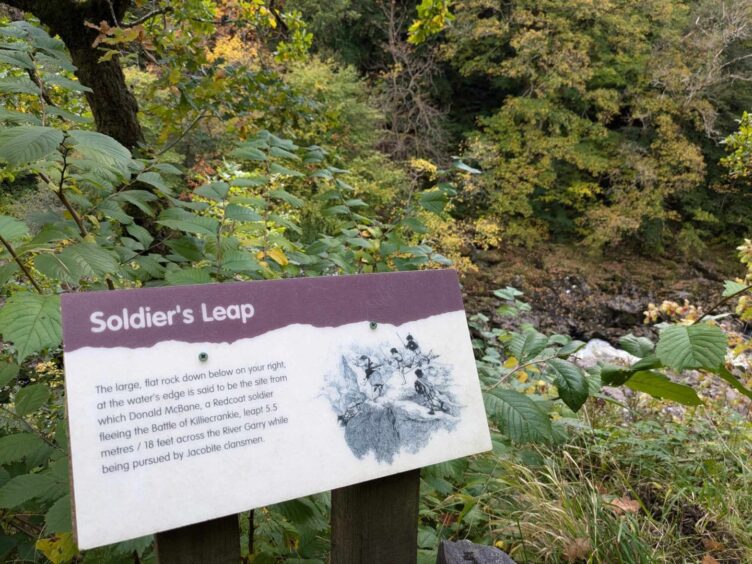
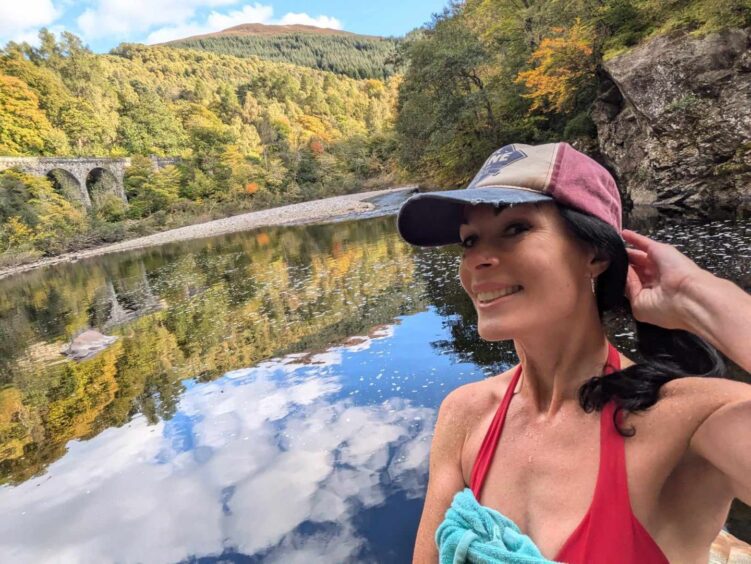
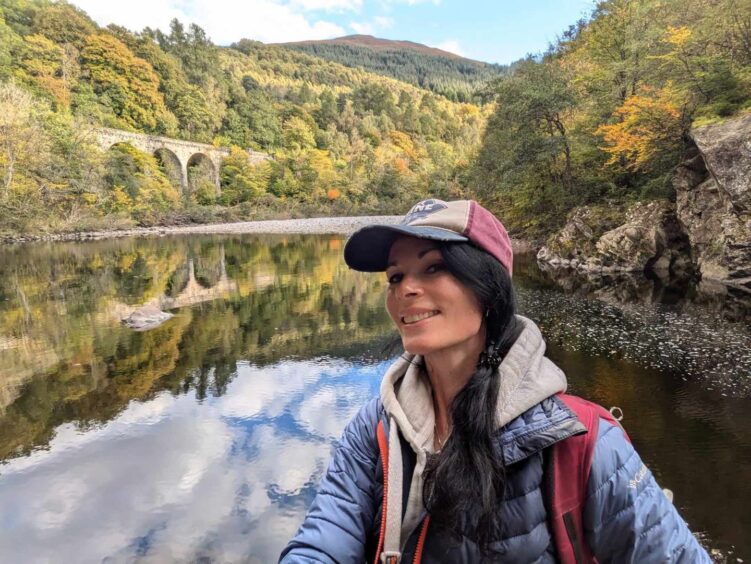


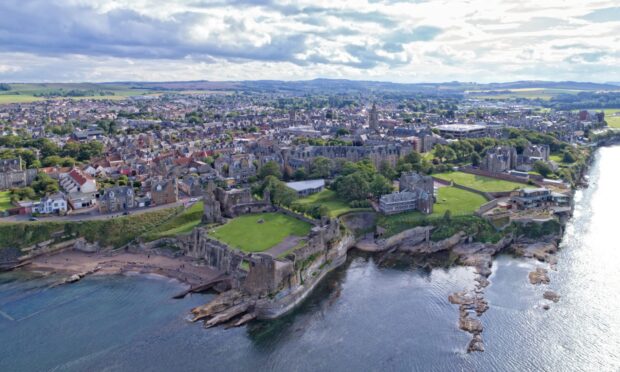



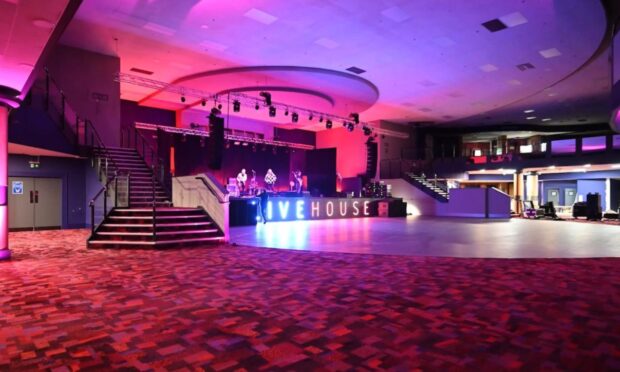


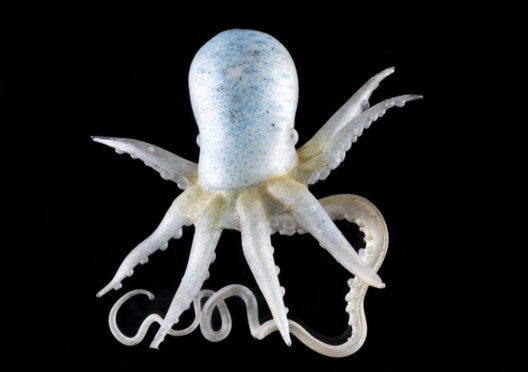
Conversation